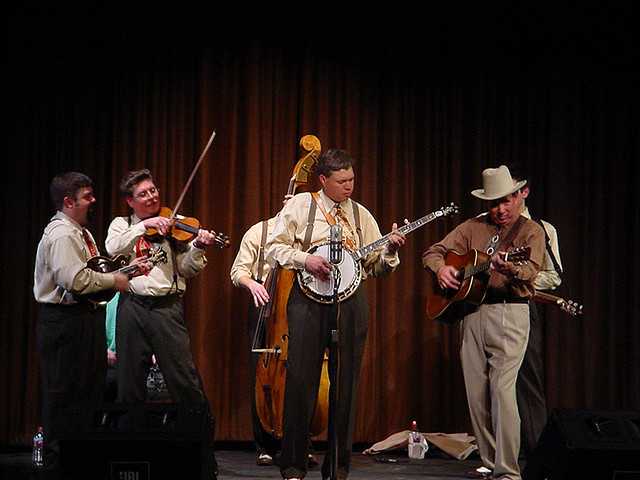
Photo by mahalie
History of country music has its roots in the traditional and folk music played by the first colonists in America. People from Great Britain sang songs about hard and supernatural times. The British music became entwined with the New World’s folk music, which cut down on the violent lyrics and themes that were typical of British folk songs. Spiritual and gospel music from the South also had an influence on the country as well as folk music of the immigrants from Ireland in the 19th century. Until the late part of the 20th century, country music was mostly sung and played in the rural heartland of America.
Country on the radio
The first country radio programs emerged in the 1920s, bringing country music into homes of people who never heard this music. In the 1920s, country music talked about train wrecks and shipwrecks. The Great Depression and the Dust Bowl further shaped country music in the 1930s. At this period, songs about the image of the cowboy as a hard worker and losing one’s home become very popular. This music came to embrace themes of heartbreak and sorrow which were seldom found in the popular music played in the cities of America.
As a generation went West in search of opportunity, country music spread across the American southwest. WBAP in Fort Worth (Texas) broadcast in 1923 the first country music radio Barn Dance, which aimed the rural audiences. Later, radio stations such as WLS in Chicago WLS and WSM in Nashville started the broadcast. Soon, country music was broadcast throughout America. Carter Family and Jimmie Rodgers were major stars.
In 1925, The Grand Ole Opry started out as the WSM Barn Dance. However, in 1927, it was renamed The Grand Ole Opry. NBC radio network broadcast 30 minutes of music from the WSM Barn Dance in 1939. It was hosted by Roy Acuff and sponsored by R J. Reynolds. During each performance, the Grand Ole Opry was seated with more than 4 thousand people. Fred Rose and Roy Acuff also started the first country music firm in Nashville. Hank Williams was the star of the firm.
Modern Country
In the 1950s, country stars Carl Perkins and Johnny Cash rubbed shoulders with rock icons Elvis Presley and Jerry Lee Lewis in Memphis at Sun Studios. Lewis and Presley were one of the first artists who added country sounds and themes to their pop music, sparking a new interest in America. Although country music was popular in many parts of America, only a few songs ever made it to the top of the pop charts. In the 1980s, Kenny Rogers has several hits, including “Coward of the Country” and “The Gambler,” as well as “Islands in the Stream,” a duet with Dolly Parton.
“Angel of the Morning” was a hit by Juice Newton. However, more often pop artists had success with covers of country songs. For example, Whitney Houston’s version of “I Will Always Love You,” a song that was originally written and also recorded by Dolly Parton. The country had a major resurgence in America during 1992, in the wake of “Achy Breaky Heart,” a number-one hit by Billy Ray Cyrus. From coast to coast, country stations popped up in major cities, and many of them are still popular today.



